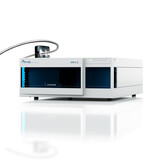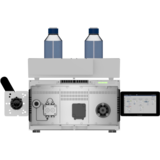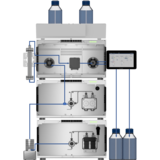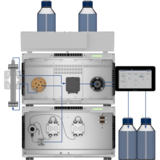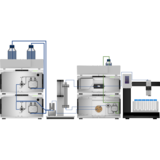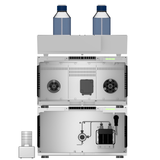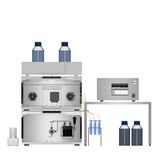
How much detection does a preparative HPLC system need?
For very simple separations of clearly separated peaks, some users do without a detector. The prerequisite is of course a high reproducibility of the separation and the knowledge of the exact retention times.
Alternatively many fractions can be collected, but must be subsequently examined for their content of the desired substance. Depending on the content, the appropriate fractions will then be combined. Both approaches involve risks or require extra time.
The more complex the mixture to be purified, in other words the higher the number of contained components, the more important it is to have the fractionation based on a detector signal which covers the relevant components of the sample. Detector signal and retention time window are used to "cut the peaks" as accurately as possible. Refractive index (RI) and UV detectors are often used for this purpose.
In order to detect peak overlays or coelution and to be able to estimate the peak purity, a diode array detector can record spectra for the expected peak of the target substance and carry out the fractionation only if it complies with a pre-set specification. Although this is safer than simple UV detection, UV spectra are sometimes too similar for clear distinction.
An MS detector is much more selective and can detect the signal of a particular molecular mass (selected ion monitoring, SIM) - usually of the target molecule. The fraction is then collected only if the signal exceeds a predefined threshold. Because of the high specificity, the peak can be cut very accurately. The effort of a downstream investigation and combination of fractions with a sufficiently high content of target substance can be largely eliminated.
Thus, mass-triggered purification increases the robustness of the method and saves time.

